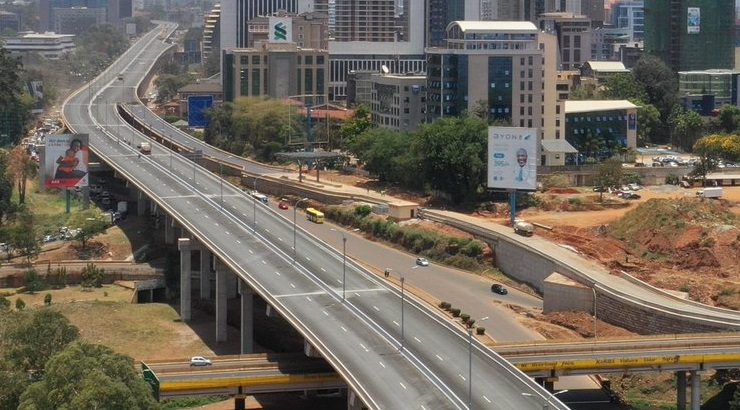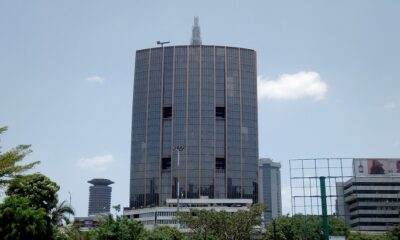Infrastructure
Chinese Firm Completes Work on Nairobi Expressway
The 27km elevated highway was built at a cost of Sh88 billion.

China Road & Bridge Corporation (CRBC) has completed work on the Nairobi Expressway, opening a new chapter in Kenya’s road development history.
According to Infrastructure Principal Secretary Paul Maringa, the 27.1-km elevated highway that has been underway since mid-2020 will be commissioned by end of the month.
“The Expressway will be launched this month depending on the President’s calendar,” Prof Maringa told the National Assembly’s Public Accounts Committee on Thursday.
The Nairobi Expressway begins at Mlolongo, connects Jomo Kenyatta International Airport to the CBD, and then terminates at James Gichuru in Westlands.
Motorists will be expected to pay dollar-based toll fees of between Sh100 and Sh1,550, depending on the size of the vehicle and the distance covered – monies that will help CRBC (which undertook the project as a concessionaire) to recoup its investment.
Official records show the highway was built at a cost of Sh72 billion, although the figure is estimated to have risen to Sh88 billion.
“Project investors will recoup their costs through modest pay-as-you-use fees at designated toll stations. The expressway is expected to serve at least 25,000 vehicles per day,” the President’s Delivery Unit during the launch of the project.
Nairobi Expressway design
The design of the Nairobi Expressway is such that the first 15.5km (Mlolongo to Nextgen Mall) is built at grade level; 8.5km (Nextgen Mall to St. Mark in Westlands) as an elevated road – followed by a 3.6km ground level road from St. Mark to James Gichuru junction.
RELATED: James Gichuru Road Expansion Set for Jan 2023 Completion
The section between Eastern Bypass and Southern Bypass is a six-lane dual carriageway, while Mlolongo to Eastern Bypass, and Southern Bypass to James Gichuru is a four-lane dual carriageway.
The elevated highway begins near Ole Sereni Hotel and runs through the CBD along Uhuru Highway up to James Gichuru junction.
Haile Selassie Road, Kenyatta Avenue and University Way pass below the elevated road.
The Nairobi Expressway project was launched barely three years after the State abandoned its pursuit for the elevated highway that was initially estimated to cost Sh38 billion.
Visual intrusion
A section of Nairobi residents had earlier expressed concerns about the negative visual impairment the double decker road would have created.
At the same time, business owners and landlords alongside the highway had also expressed fears that, if erected, the road would lower their property values.
These concerns were then believed to be among the reasons the government had opted to pursue alternatives for easing congestion on the busy road.












